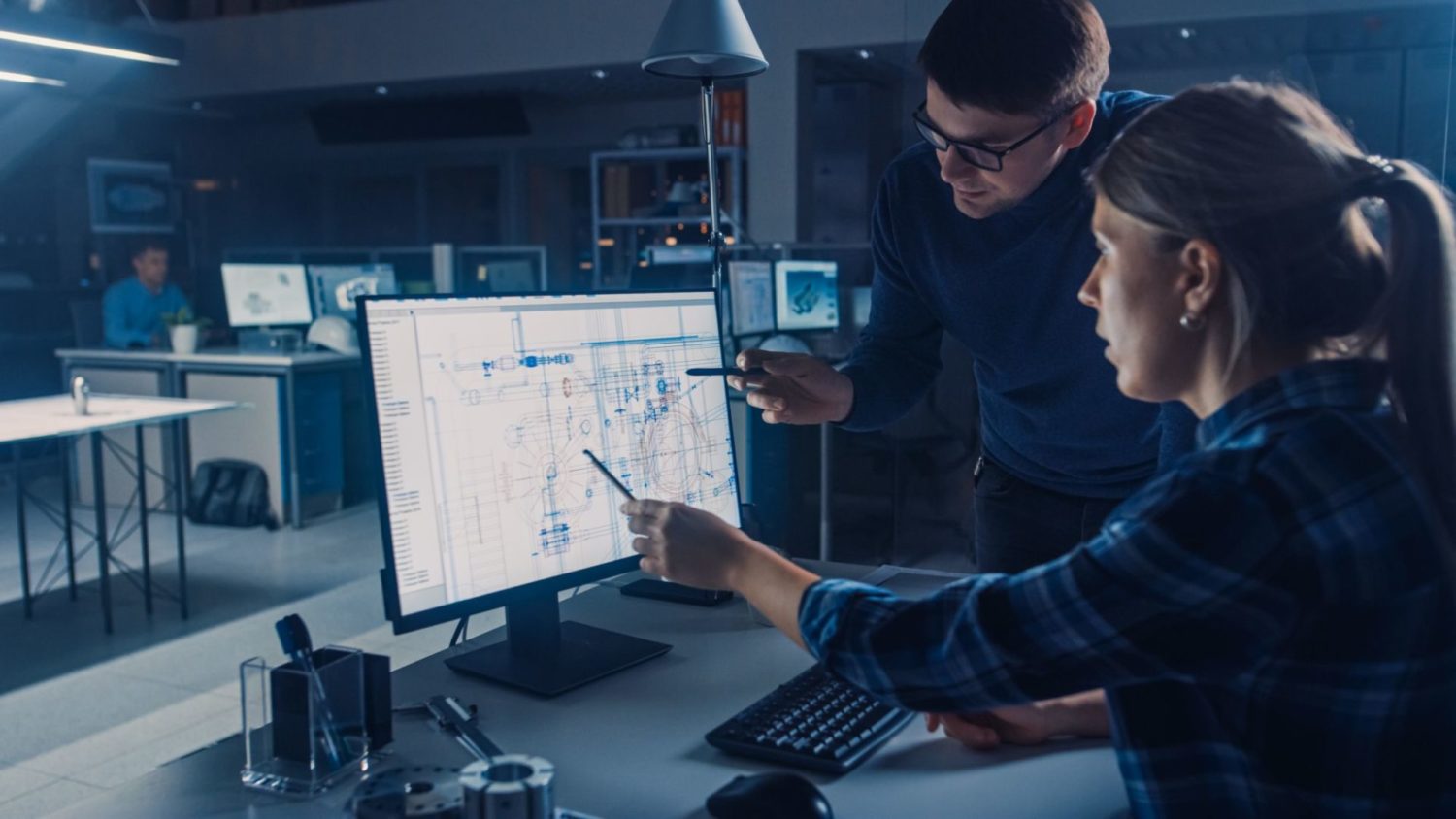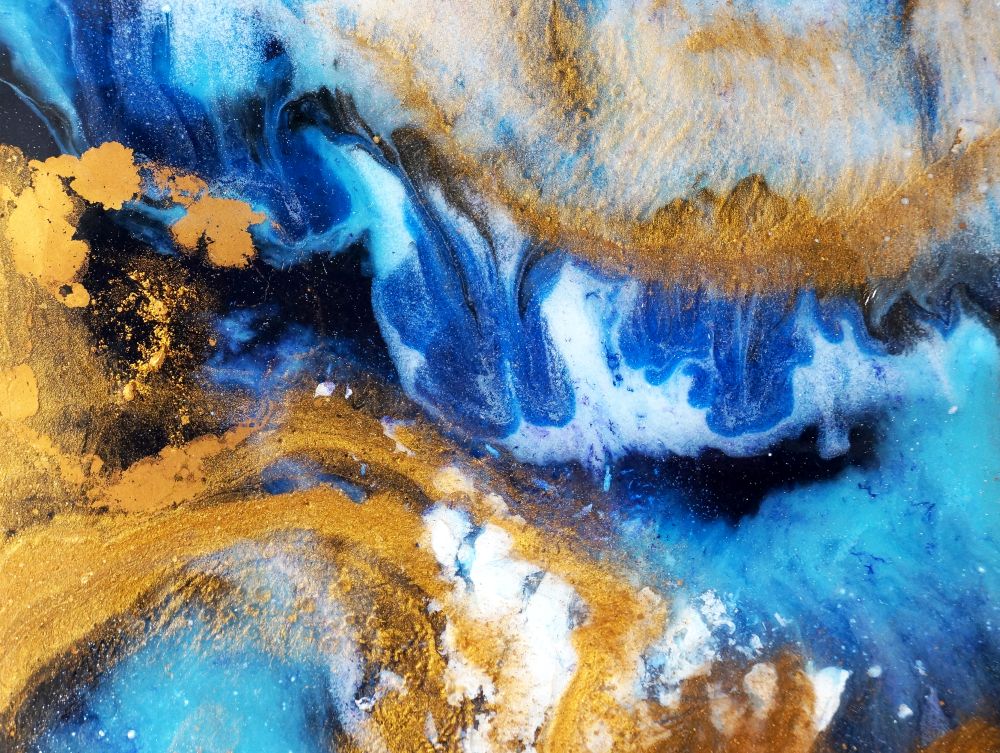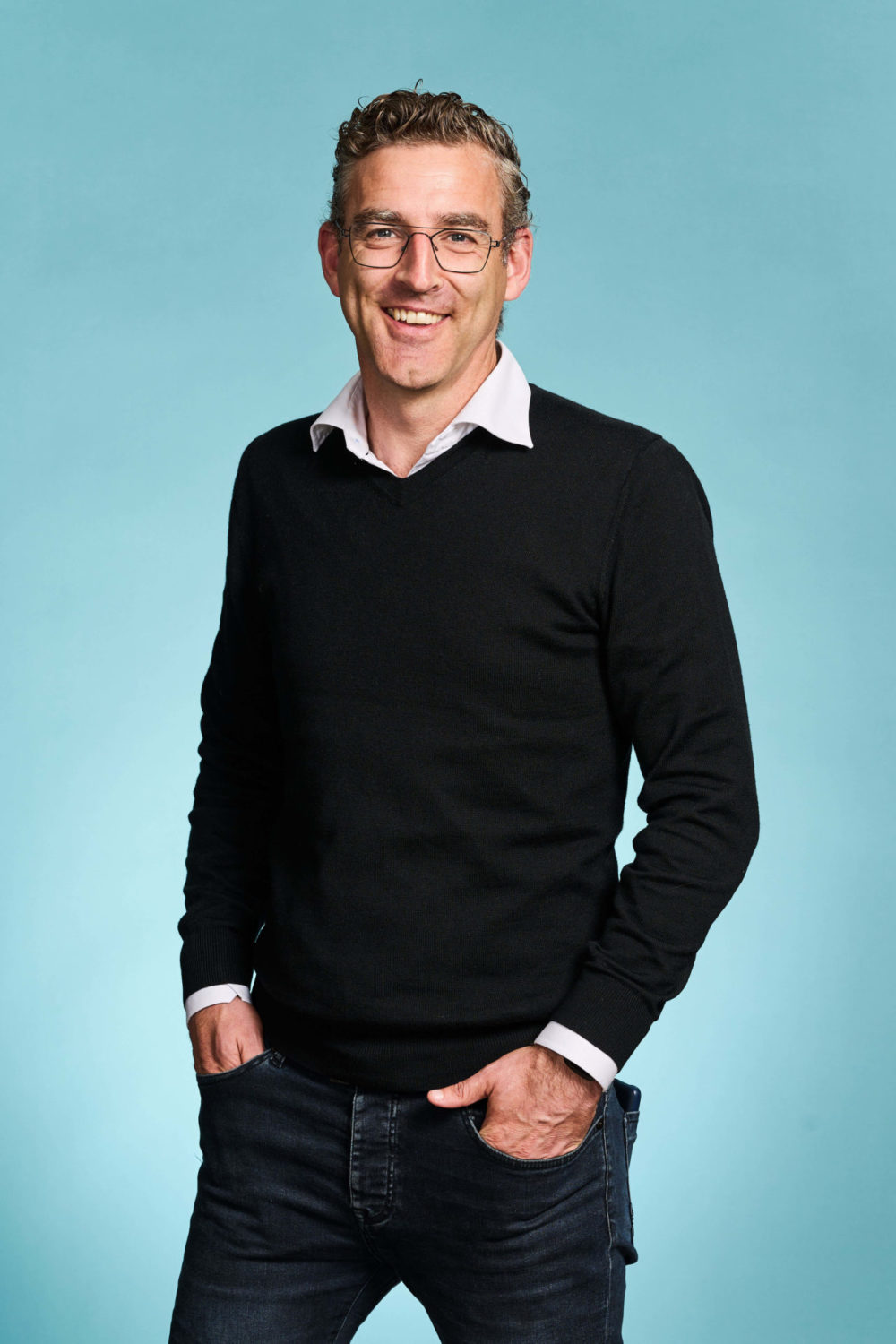
What began as a hobby that got out of hand should soon become an important part of the manufacturing transition in the Northern Netherlands and hopefully far beyond. With the acquisition of the German company Druckwege and the move to Groningen, if it is up to Jeroen Bos, the region will soon become a testing ground for 3D printing and additive manufacturing. 'The potential is really huge and that has been the biggest motivation for us to take this step.'
Normally we invest in the entrepreneurs behind the company. Now suddenly you just have the company and people have to be added.
Jeroen van Onna, Investment Manager NOM
Seven years ago, Anton Gillert and Florian Reil founded DruckWege. It is a company that specializes in producing resin, a synthetic resin used as the raw material for 3D printing. So very simply put, the ink for 3D printers. 'That actually started as a hobby, which soon got out of hand,' says Jeroen Bos of Bossers & Cnossen, who as one of the informal investors took over the company and brought it to Groningen. 'When at one point they had to produce 6,000 liters and the family had to be called in a little too often to help them fill bottles, the strain was a little off,' Bos adds, laughing.
Resins
According to Bos, the secret behind the sudden and perhaps somewhat overblown success has to do with the quality offered by Druckwege. 'The resins for 3D printers are produced almost exclusively in Asia. But their composition and quality varies quite a bit, so consistent quality in use is then really a problem. Anton and Florian were nerds who just really enjoyed experimenting with resins themselves. They were also very transparent about the composition, so it suddenly brought in customers from all over the world. It became too much work, so they wanted to sell the company. And besides, the environment was also not a good breeding ground for growth or encouraging entrepreneurship.
Wasaweg Campus
But how does a German company in a niche market suddenly end up with NOM and investors like Sander Prinsen and Jeroen Bos? 'Actually more or less by chance,' says Bos. 'From Dataconfetti, with whom we make investments from Bossers & Cnossen, we also offer the companies in our portfolio office space on the Wasaweg Campus.
Citoforma, one of those companies, specializes in 3D printing and additive manufacturing solutions and was already working with Druckwege. Rolf Meijer, the CEO, saw that the company was for sale and pointed it out to us. He immediately saw the potential and quickly convinced us of the added value of bringing such a company to Groningen.'
Adventure
Things moved quickly and NOM also came on board for the acquisition and relocation of Druckwege. 'That was quite an adventure for us,' says Jeroen van Onna, investment manager at NOM. 'And at the same time a nice experiment, because normally we invest in the entrepreneurs behind the company. Now suddenly you only have the company and people have to be found, so that took some getting used to within NOM. But we are happy to take on the experiment of building something small into something big and creating a whole new area of expertise for the region.
For the day-to-day operations of the new Druckwege, Jelmer Johan Siekmans was hired as CEO. As the former Head of R&D at Shapeways (an internationally successful spin-off from Philips), Siekmans already has extensive experience in additive manufacturing and happened to be helping another company on the Wasaweg Campus called Arc with rapid prototyping. Small world, then? 'No way! Just the power of the Wasaweg Campus,' Bos jokes.
Cookbook
With the acquisition of the company, the cookbook was also purchased. 'In it are six different recipes for resins with special properties, which can perfectly meet the different quality requirements of customers,' says Siekmans. 'For the automotive and aerospace industries, for example, but also for dentists and even jewelers.'
'Then, by the way, we are not talking about the familiar filament 3D printers, where everything is printed layer upon layer by following the contours,' Siekmans adds. 'These are resins that respond to light and are used in a completely different type of 3D printer. You have to think of it as a kind of liquid bath, with a screen at the bottom. And just like a CT scan, whole layers are then highlighted. You then get a much higher resolution. And that produces very detailed and solid prints.'
Production Transition
The new Druckwege also has big ambitions for the entire region. 'We want to work actively with knowledge institutions,' says Bos. 'The potential is really huge and that was the biggest motivation for us to take this step. Our whole production process consists of removing things until you are left with a product. With a tree, you saw away wood until you have a board left. Additive manufacturing works in reverse, because you make something out of nothing, just like nature actually does. It's a way of manufacturing that produces much less waste and waste, and thus can initiate a transition in the field of manufacturing.'
'For many products you have to invest a lot in a production line and it can only work out if you produce in very large runs. With additive manufacturing that is no longer necessary and it is much easier to make personalized products on a smaller scale. And innovations also go much faster through rapid prototyping. Arc, the company that helped Jelmer with this, would otherwise never have been able to develop so quickly a super innovative keyboard that they are going to present at CES in Las Vegas in January. I truly believe that we can contribute to a bright future with this and as a whole region can soon lead the way, just as we are doing now with the energy transition.


